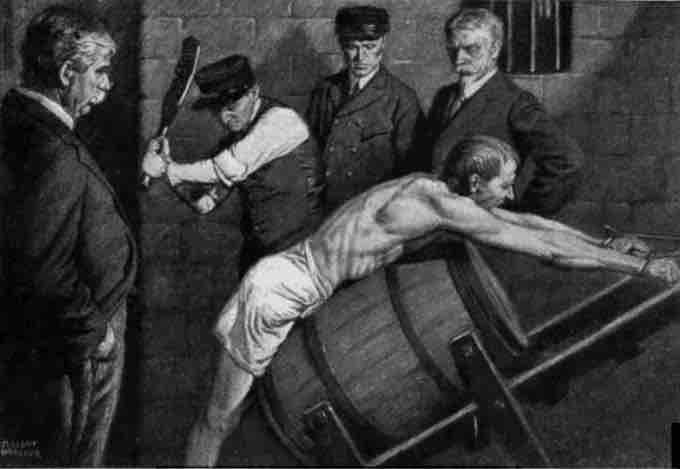Defining Punishment
Punishment is a term used in the context of behavioral analysis and in a specific kind of intentional behavior change known as operant conditioning. It is a process of decreasing the incidence of a (measurable) behavior. Very basic examples of such behaviors include things like the rate of pulling a lever, the duration of holding down a button, or the speed with which a switch is flipped after a certain noise is sounded.
Positive and Negative Punishment
In punishment, the rate of the target behavior is decreased by imposing a negative consequence (i.e., "positive punishment") or by removing a pleasant or desired stimulus (i.e., "negative punishment") immediately or shortly after each occurrence of the behavior. Shocking a rat for turning left instead of right in a maze is an example of positive punishment; taking away a child's toy after he hits his brother is an example of negative punishment.
Punishment as a Management Tool
The purpose of punishment is to prevent future occurrences of a given socially unacceptable or undesirable behavior. According to deterrence theory, the awareness of a punishment will prevent people from performing the behavior. This can be accomplished either through punishing someone immediately after the undesirable behavior so that they are reluctant to perform the behavior again or through educating people about the punishment preemptively so they are reluctant to perform the behavior at all. In a management context, punishment tools can include demotions, salary cuts, and terminations (fires).
In business organizations, punishment and deterrence theory play a vital role in shaping culture to be in line with operational expectations and in avoiding conflicts and negative outcomes both internally and externally. If employees clearly know what they are not supposed to do, they generally try to avoid doing it. Prevention is a much cheaper and easier approach than waiting for something bad to happen, so preemptive education regarding rules and penalties for rule violation is common practice.

Punishment of the Paddle
This is an old form of punishment.